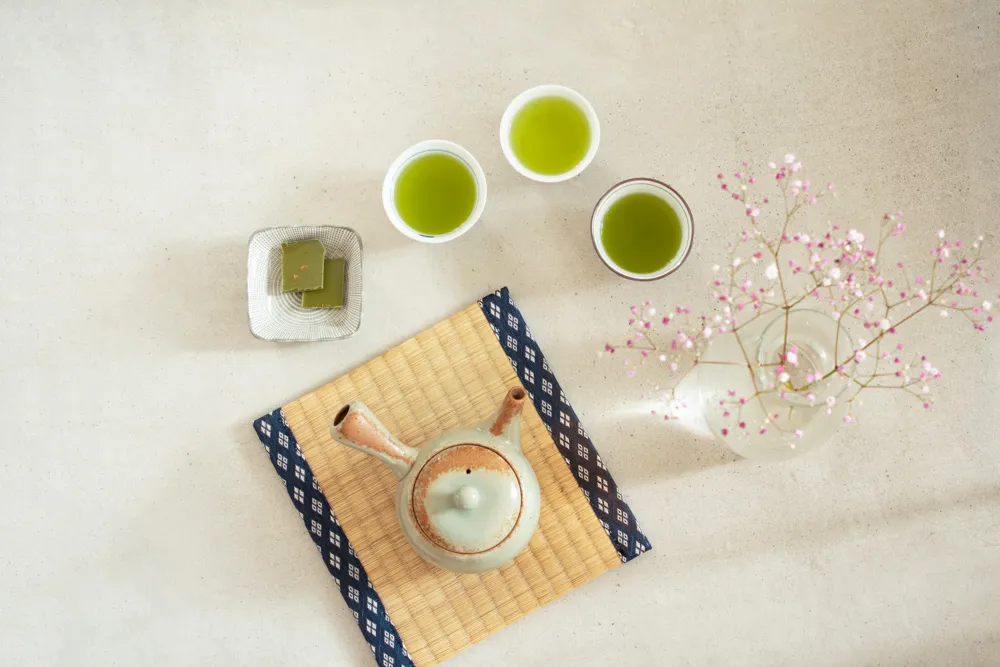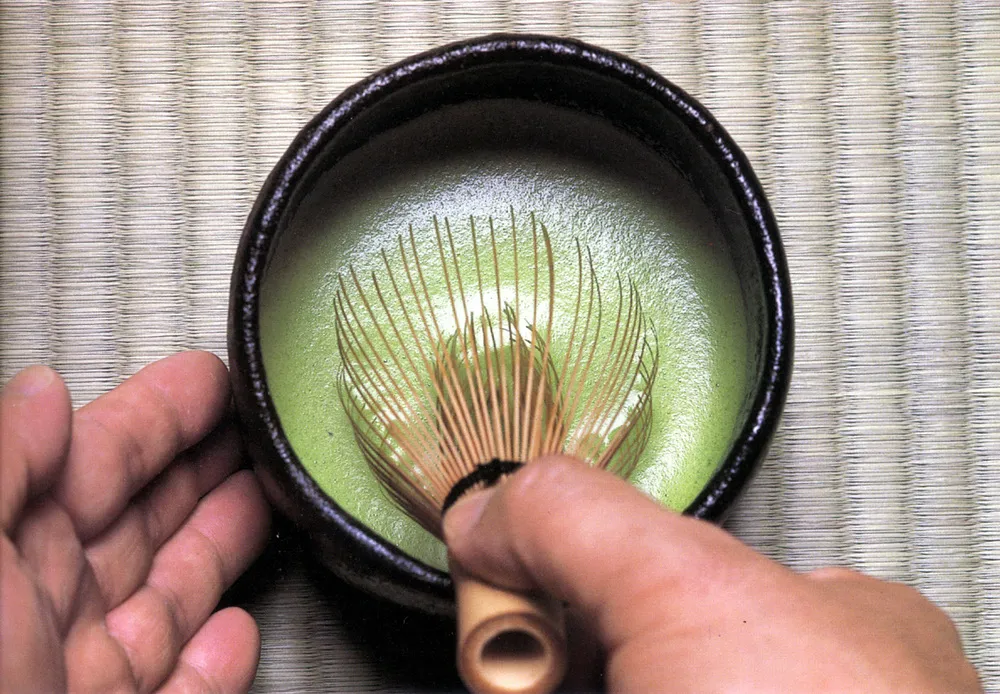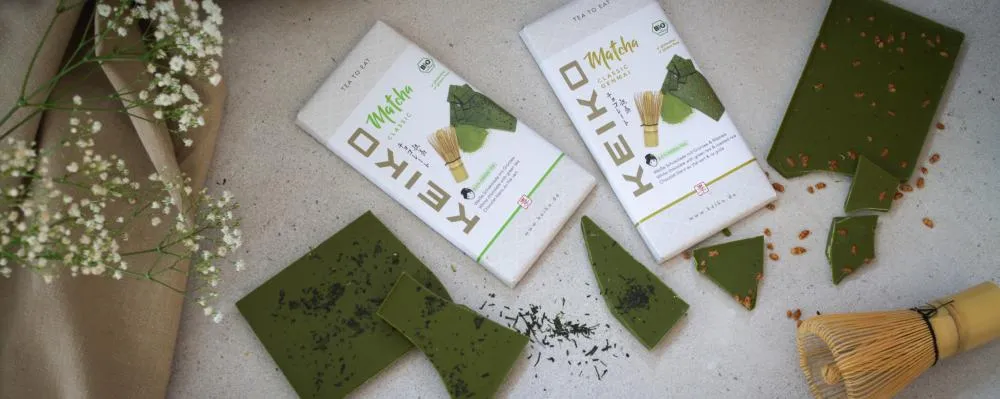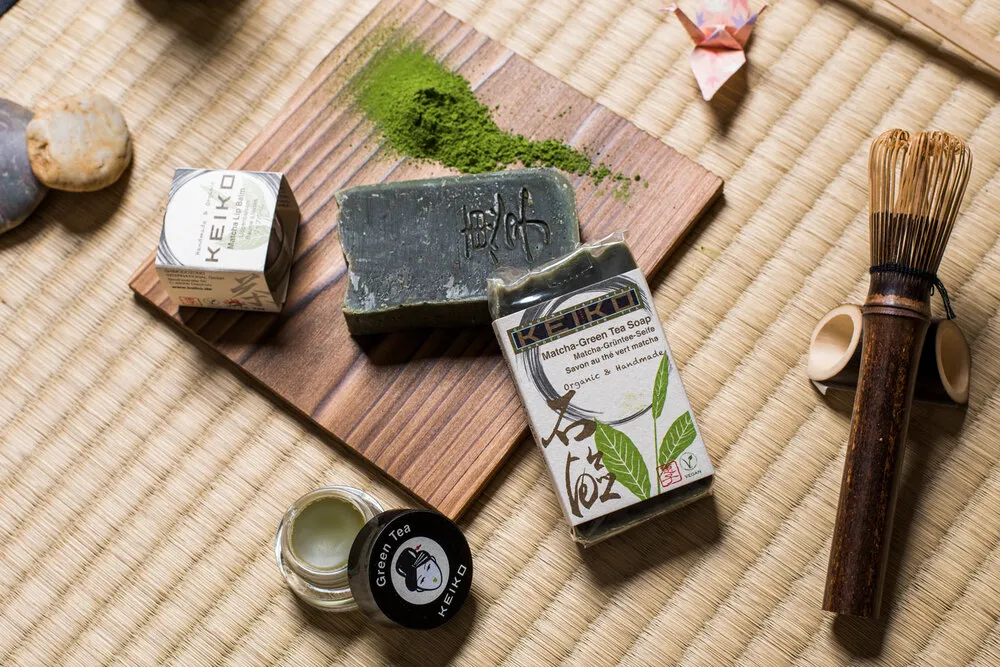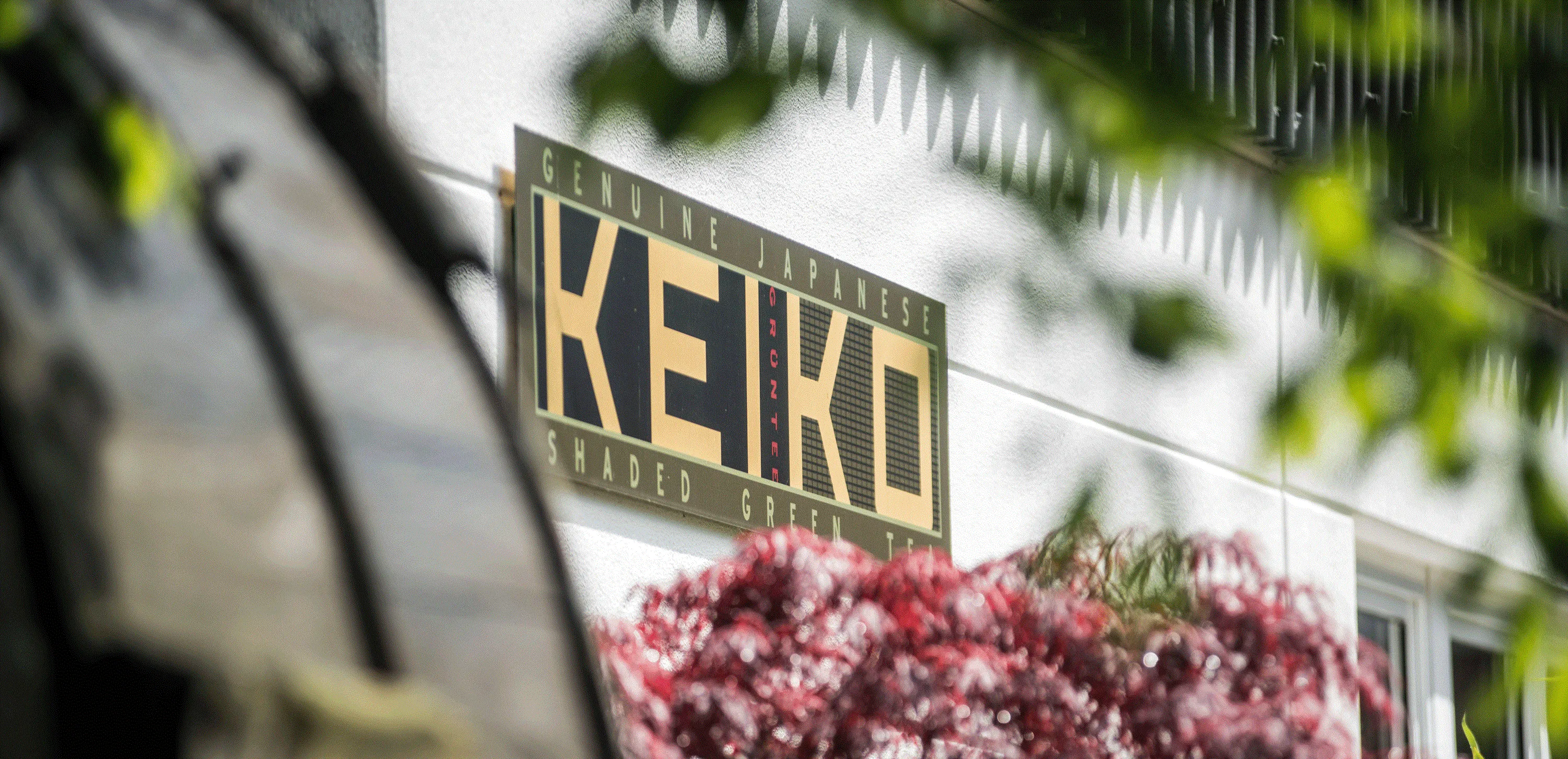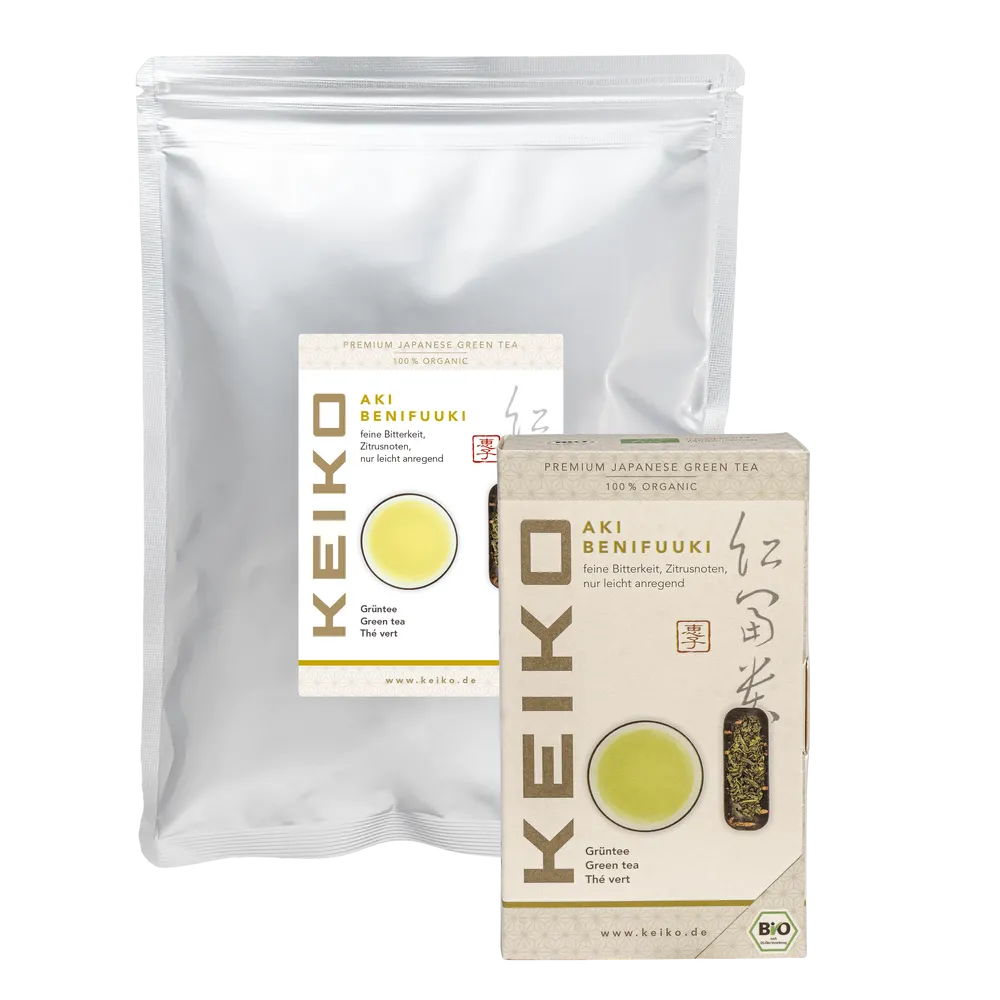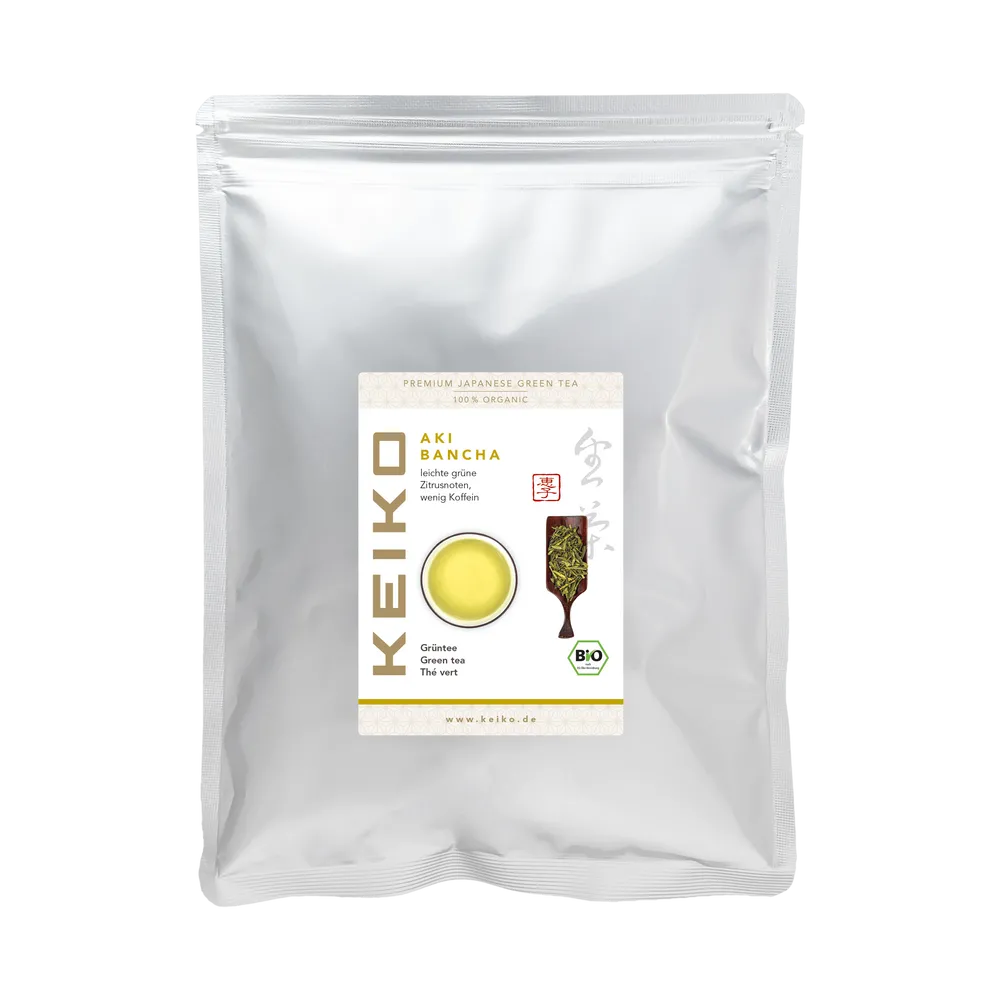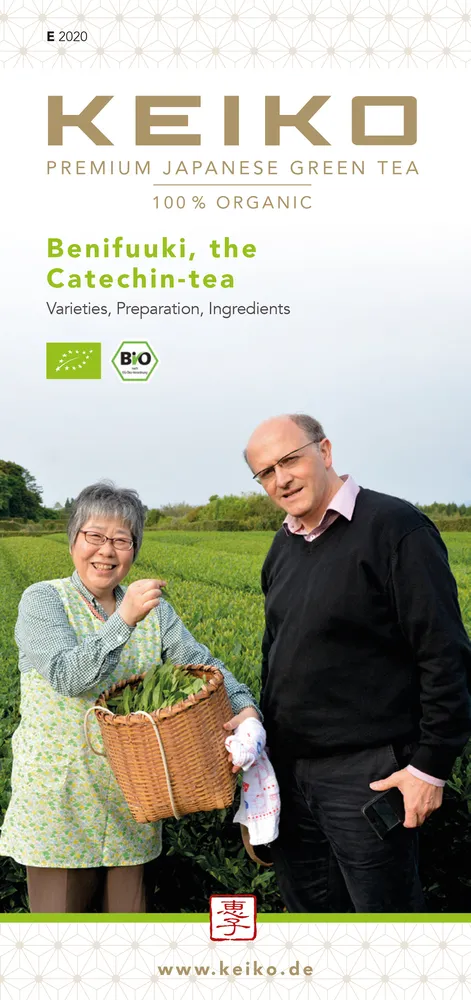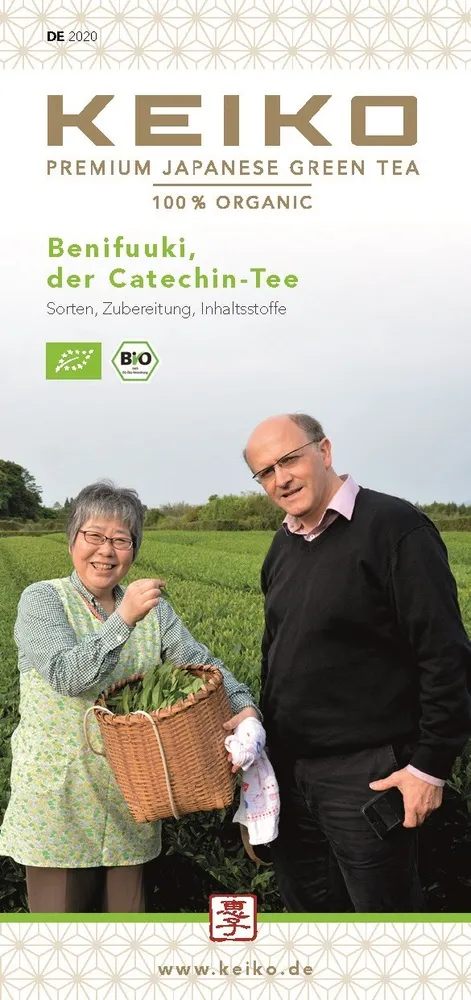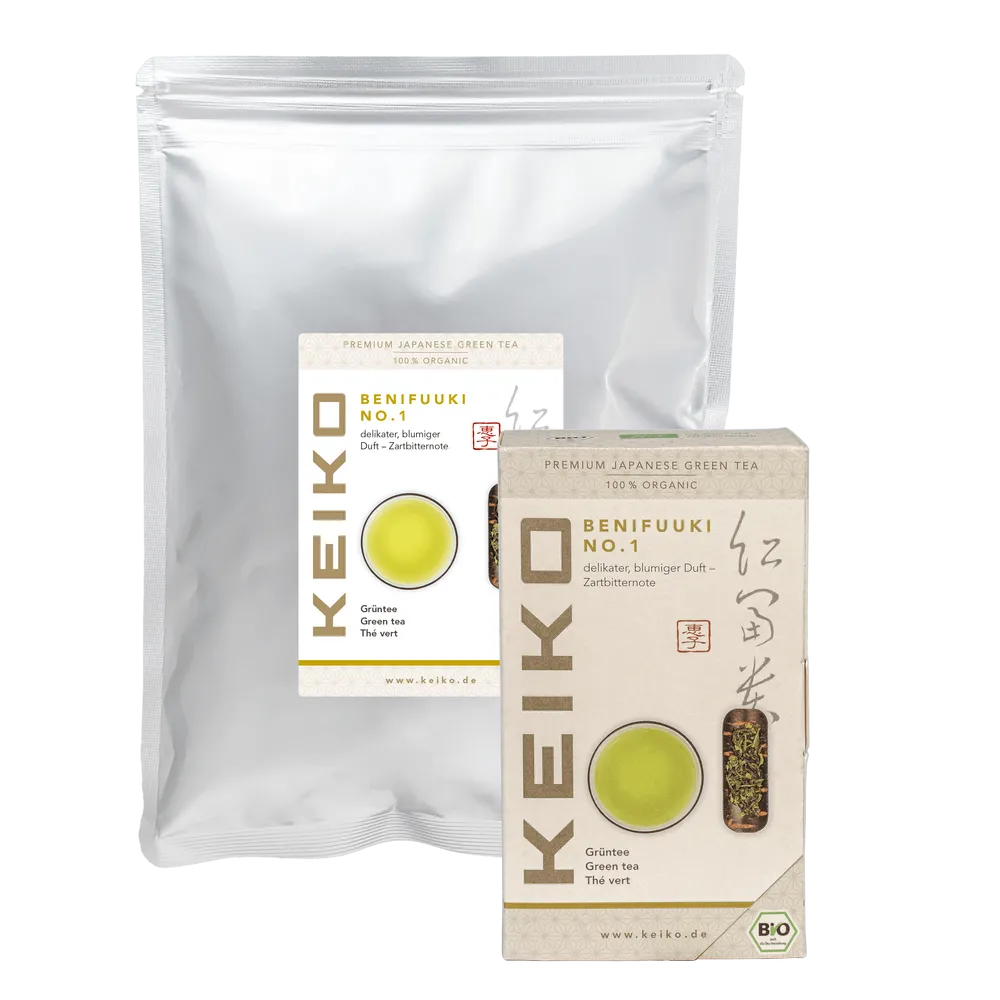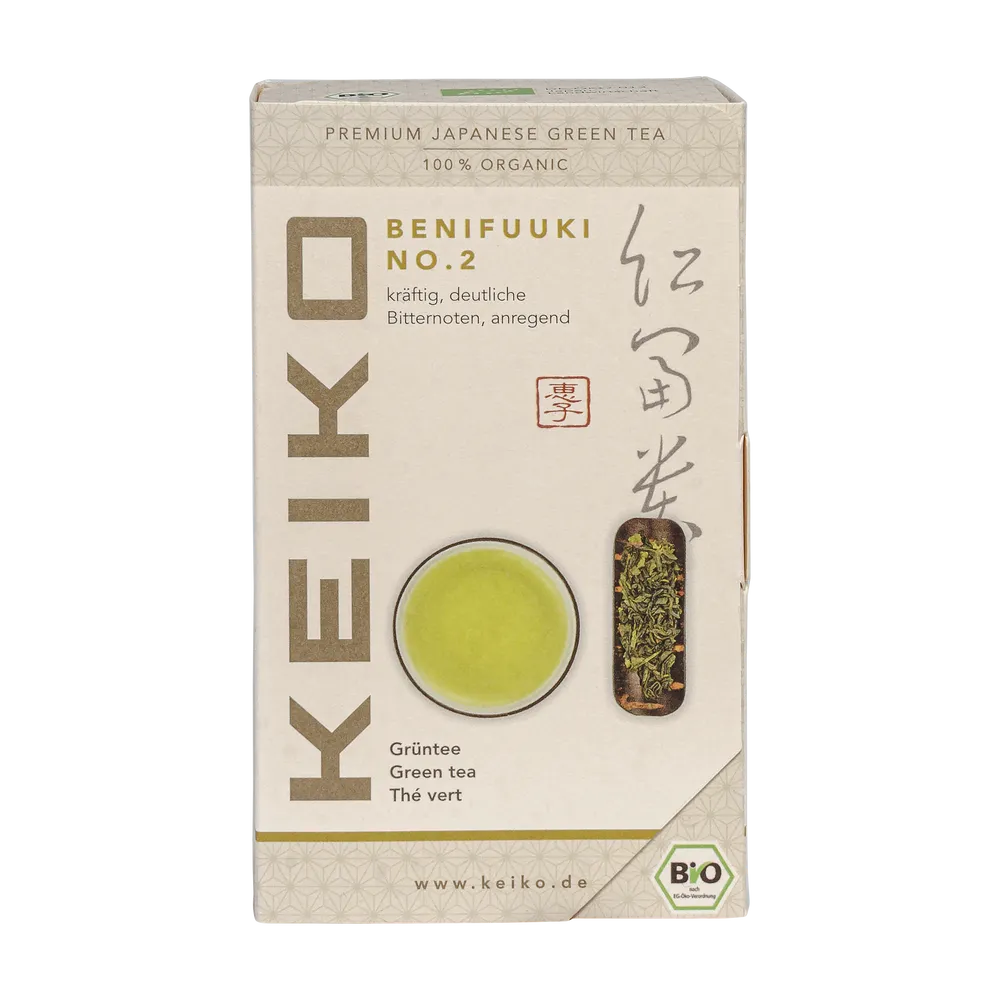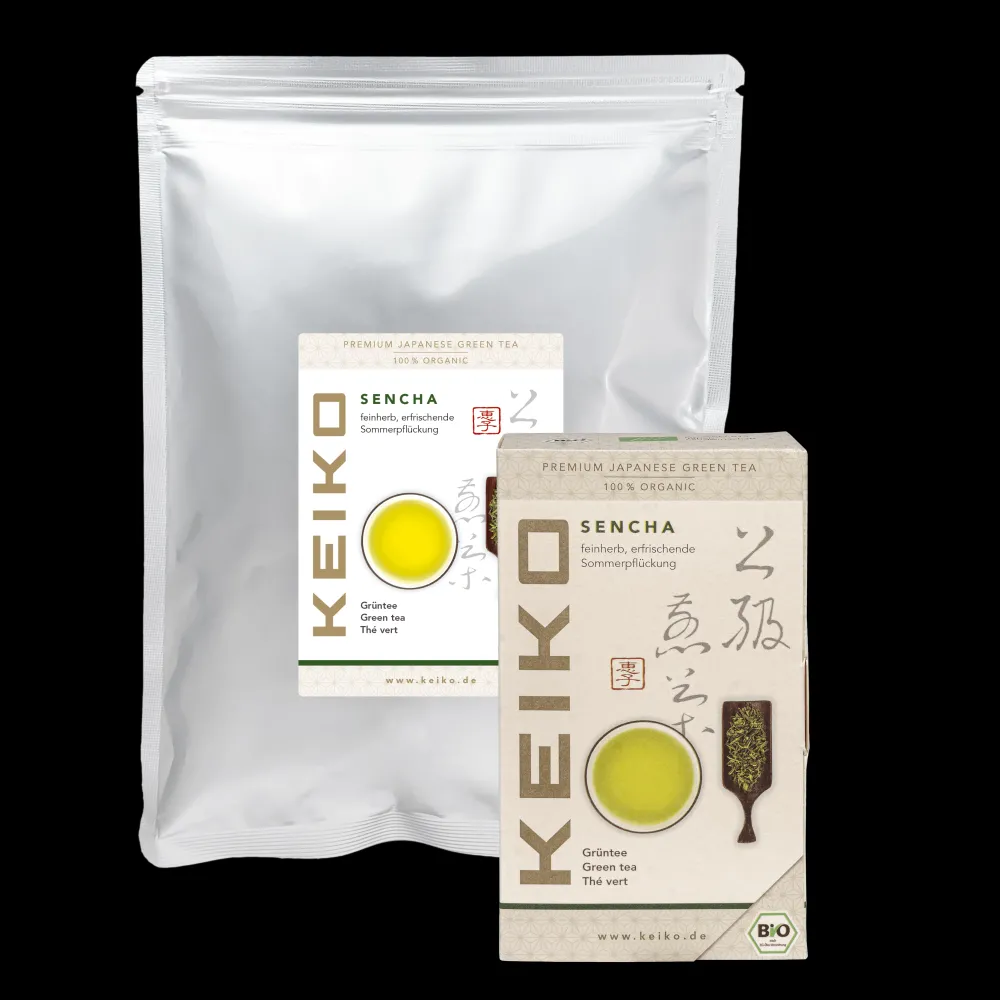Irimushi
炒り蒸し
いりむし
In the production of green tea, fermentation is stopped by heating the freshly harvested tea leaves.
The impact of the process used for this on the taste and ingredients of the tea becomes clear when comparing it to Chinese green teas, which are traditionally roasted in large pans, while in Japan a steaming process is usually used for this purpose.
These steamed Japanese teas are often simply summarised as Sencha. But even among steamed teas, there are differences depending on the strength and duration of the steaming. From the beginning, our partners at Shimodozono Japan have placed great emphasis on tickling the best possible aroma out of each tea on the one hand, and on bringing as many of the valuable ingredients of the fresh tea leaf as possible into the cup and making them available to the body on the other.
In order to achieve this, the steaming processes have been continuously developed and improved over the years. The freshly harvested tea is steamed at 100°C directly in the field.
In the other steaming methods - fukamushi, chuumushi or futsumushi (= asamushi) - the steam is heated to around 100°C.
A special system is used for the Irimushi steaming method, which increases the temperature to around 300°C. The efficiency could be increased so that only very little steam is produced, but the leaves are steamed very evenly. In this way, even leaves with a coarser structure (from later harvests or from cultivars with a less fine leaf structure) can be intensified in flavor and improved in color.
We mainly use Irimushi steaming for Benifuuki, Sencha and Bancha.
Irimushi teas are marked with this symbol on KEIKO tea boxes:
For more info on steaming, see our green tea blog.
Irimushi Tee im KEIKO Shop
Average rating of 4.3 out of 5 stars
Content: 0.05 kg (€199.00* / 1 kg)
Available, delivery time: 1-3 working days (in Germany)
Average rating of 5 out of 5 stars
Content: 0.2 kg (€90.00* / 1 kg)
Available, delivery time: 1-3 working days (in Germany)
Average rating of 5 out of 5 stars
Content: 0.05 kg (€150.00* / 1 kg)
Available, delivery time: 1-3 working days (in Germany)
Available, delivery time: 1-3 working days (in Germany)
Free shipping
Available, delivery time: 1-3 working days (in Germany)
Average rating of 4.7 out of 5 stars
Content: 0.05 kg (€259.00* / 1 kg)
Available, delivery time: 1-3 working days (in Germany)
Average rating of 4.5 out of 5 stars
Content: 0.05 kg (€219.00* / 1 kg)
Available, delivery time: 1-3 working days (in Germany)
Average rating of 4.6 out of 5 stars
Content: 0.05 kg (€399.00* / 1 kg)
Available, delivery time: 1-3 working days (in Germany)
Average rating of 4.8 out of 5 stars
Content: 0.05 kg (€130.00* / 1 kg)
Available, delivery time: 1-3 working days (in Germany)

